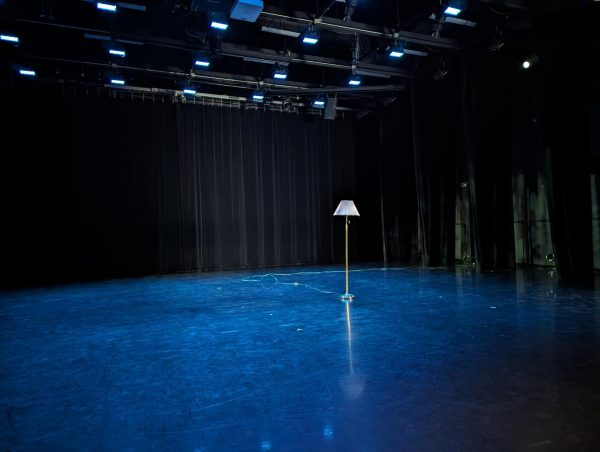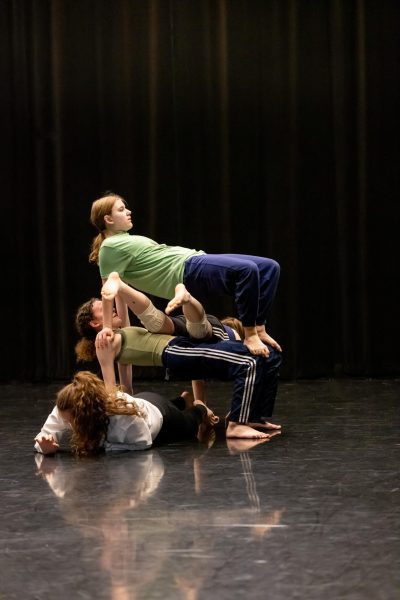Perhaps you have seen the memes of young guys standing in the corner of a party pulling up the weather app while joking about their inability to approach women at the bar.
Or if you have spent time on dating apps, perhaps you have engaged in conversations where the other person has no idea how to reciprocate interest, or, even worse, ghosted you entirely.
Maybe you feel as if communicating face-to-face and participating in real-time conversations feels like a chess match, and instead of playing, you would much rather retreat to the confined safety net of your phone or not even bother with social interaction.
Welcome to the reality of communication amongst young Gen Z adults, where shyness, awkward body language and social risk aversion define an unfortunately large amount of our everyday conversations (or lack thereof).
Whether we know it or not, many of us disregard the value of face-to-face interactions and real-time conversations. By simply clicking a few buttons, we can easily craft and edit online personas and messages, giving us a sense of control that does not exist in real-time interactions.
Instead of trying to cultivate rewarding conversations, meet new people or put in effort to develop our social acumen, we often choose instant gratification from our technological safety nets.
These choices are damaging our development.
Recent data published from six research studies conducted between 1999 and 2020 by Sage Journals revealed individuals from Gen Z (born between 1997 and 2012) tend to be shyer than millennials. This was true even though the study assessed participants at roughly the same age.
The study further cited a correlation between shyness and extremely damaging mental health disorders such as depression, anxiety and suicidal ideation — all of which are increasing at scarily high rates for Gen Z.
Beyond typical social interaction, these behaviors hurt Gen Z in the workplace.
Of 800 managers, directors and executives polled in an Intelligent.com survey, 38% of respondents said they were more likely to hire an older candidate due to Gen Z’s behavior. Respondents often highlighted typical soft skill issues such as lack of eye contact and body language. One in five respondents even referred to their recent college graduate candidates as “unprepared.”
Jackson Lee, an Investment Banking Analyst, said there was concerning behavior from company interns, including blatant refusal to complete assigned tasks or acknowledge superior advice and repeated ignorance of the dress code.
“I think there’s a level of respect that may be missing nowadays,” Lee said.
Like smartphones and social media, experiencing major life milestones amid a global pandemic played a pivotal role in our underdeveloped social acumen and generational shyness.
But simply blaming this for our shortcomings and refusing to adapt from it does nothing for the growth of our soft skills.
Our generation has a heightened awareness of mental health and a unique understanding of how it relates to our social interactions. When someone is grappling with feelings of shyness or social anxiety, there can be a societal inclination to safeguard their emotional stability.
Is this mindset hurting their development? Perhaps our culture — in an effort to remain considerate of everyone’s mental health — is not doing a good enough job of ensuring that young adults develop their social skills through challenging experiences.
Adib Birkland, senior lecturer at the Carlson School of Management, said he had conversations with international students who observed a vastly different approach to how their American counterparts balance mental health with adversity in social interactions and the classroom.
“If it’s not universal, that means it’s not a human thing,” Birkland said. “Perhaps there are unnatural elements of our American culture that are contributing to this anxiousness.”
These unnatural elements may unintentionally reinforce our generation’s feeling that other people must accommodate us at every turn, especially in the workplace.
Issues like work-from-home have raised questions about whether Gen Z not coming into the office hurts the interpersonal fabric of their relationships with superiors and coworkers.
A recent survey of 2,000 graduates younger than 24 in the U.S. and U.K. found that ambiguous workplace relationships increased the stress of nearly 30% of respondents.
What is more concerning, though, is that 90% of respondents said they avoid in-person events due to social anxiety, and a quarter highlighted feeling uncomfortable when speaking up in meetings and sharing ideas.
In a cultural context, it is hard to advocate for having less consideration for mental health and how it relates to our everyday interactions. But when it comes to soft skills, everyone should try to improve their ability to communicate in real-time conversations.
Sometimes, this requires stepping out of the social bubble wrap you have put around yourself.
Expecting to improve your social and face-to-face communication skills without gradually exposing yourself to more social settings is pointless. Active listening, eye contact and proper body language do not matter when talking to someone on a phone.
As someone who has gone through the majority of my life with a shy, introverted approach, I can attest to missing out on numerous social experiences, connections, longstanding memories and even career opportunities only because I was too scared to talk to people.
I hope we can recognize the value and necessity of these experiences and the everyday skills we accumulate from them, even if it means being uncomfortable.


